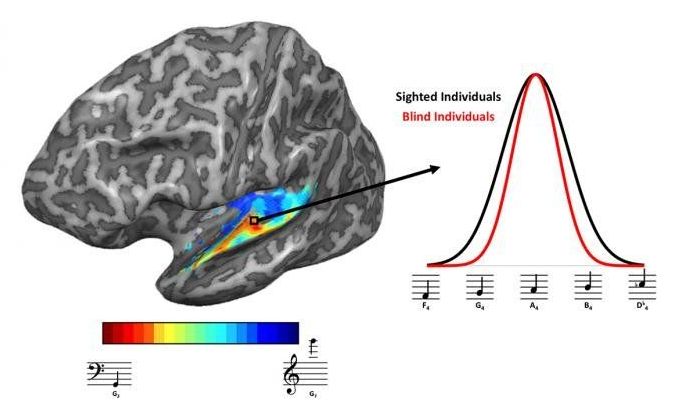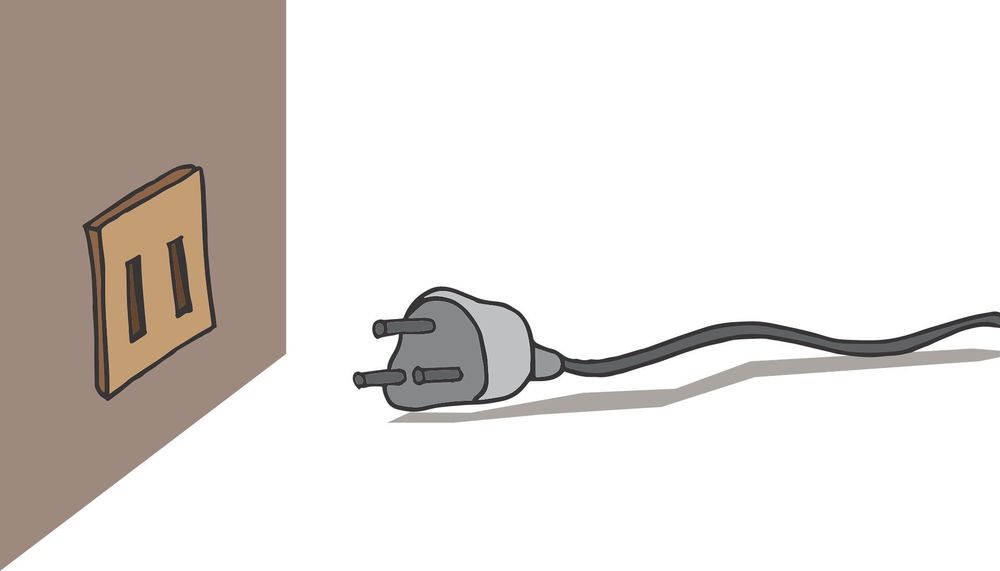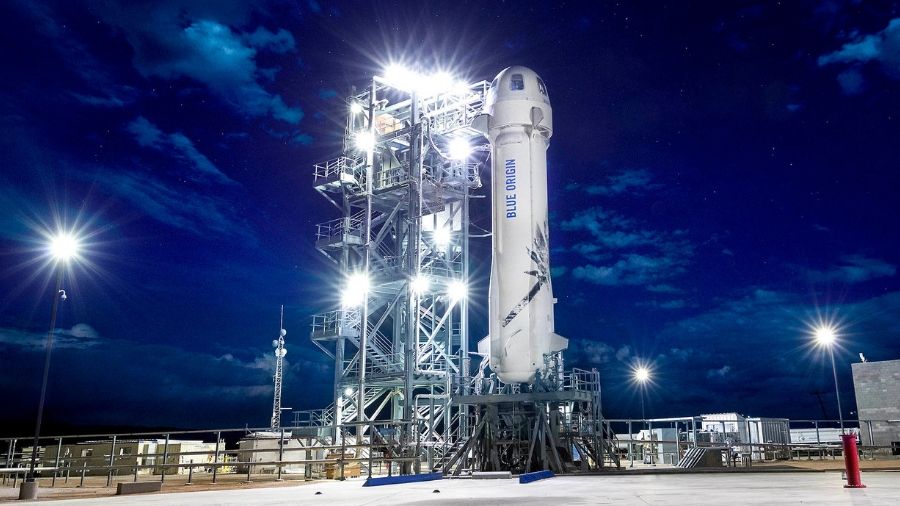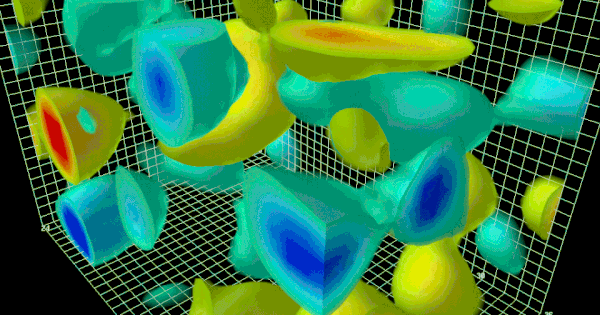After 20 years of dedicated research, scientists have cracked the chemical code of an incredibly complex ‘anti-tumor antibiotic’ known to be highly effective against cancer cells as well as drug-resistant bacteria, and have reproduced it synthetically in the lab for the first time.
This major breakthrough and world-first could hail a new era in the design and production of new antibiotics and anticancer agents.
The ‘super substance’ — kedarcidin — was discovered in its natural form by a pharmaceutical company when they extracted it from a soil sample in India almost 30-years-ago. Soil is the natural source of all antibiotics developed since the 1940s but in order for them to be developed as potential drug treatments they must be produced via chemical synthesis.





